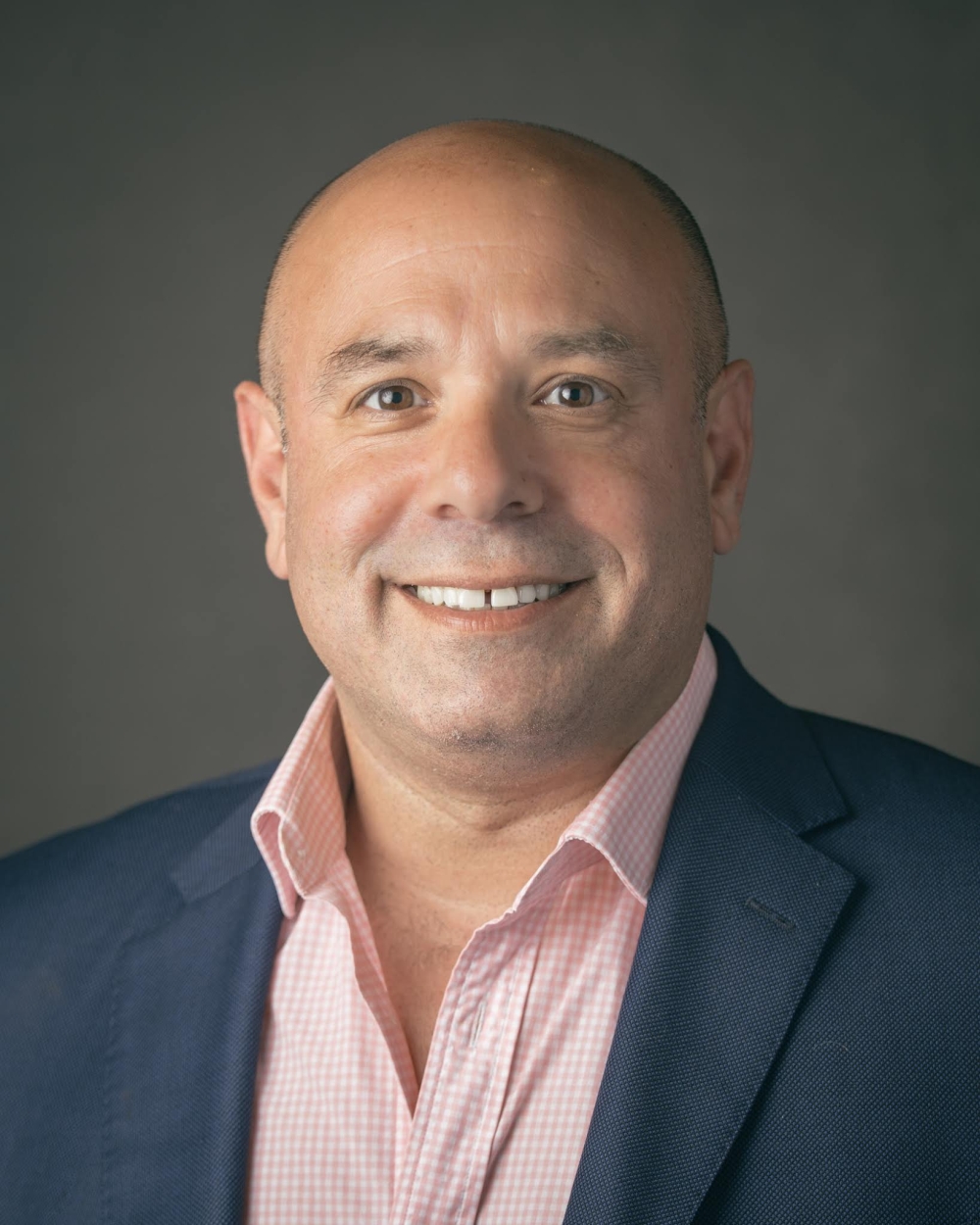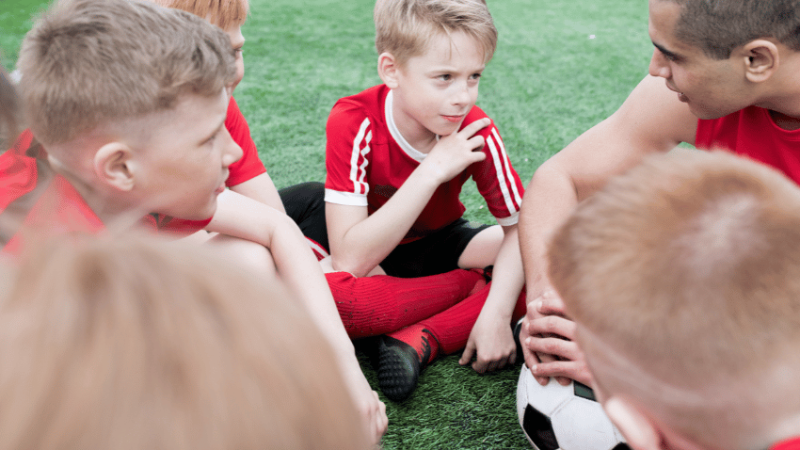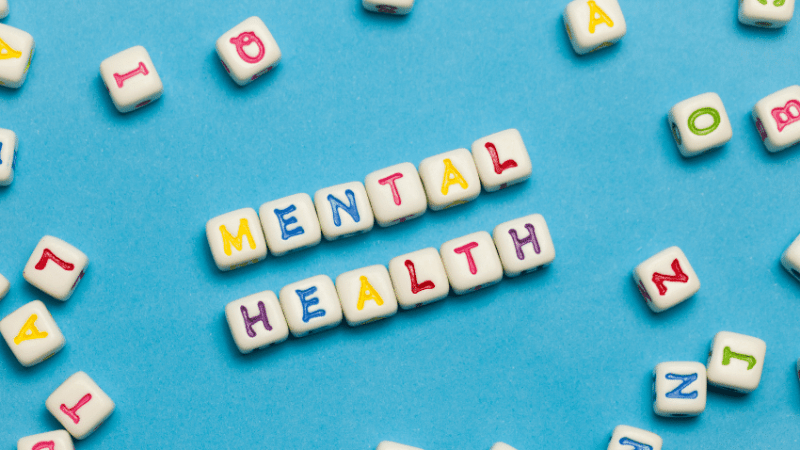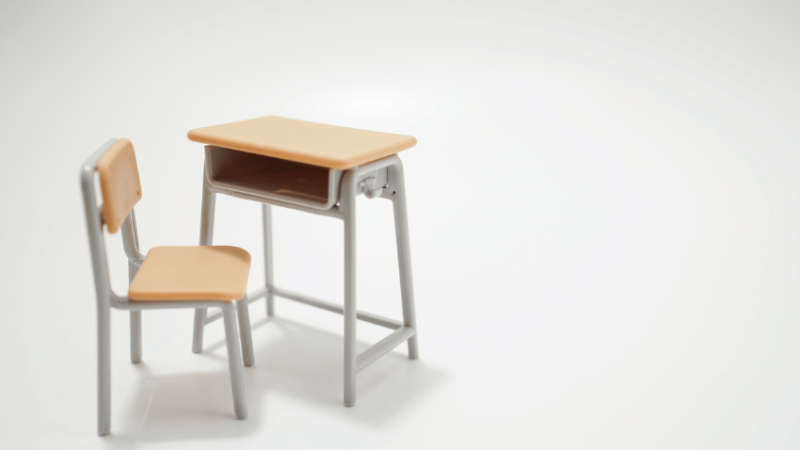Drug use amongst students – What schools should be doing and why the results should shock you
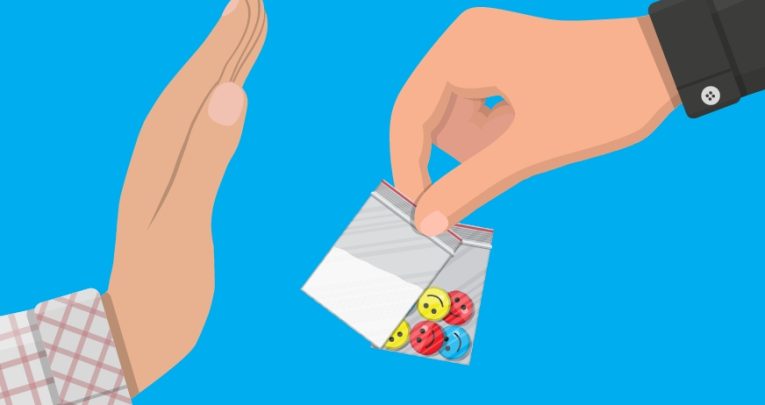
Eytan Alexander highlights why schools need to tackle student drug use head-on, and the warning signs to watch out for…
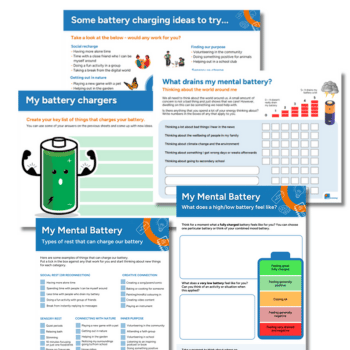
If you believe the students at your school are barely even aware of drugs, never mind using or selling them, you may be gravely mistaken.
School is a safe space for kids, but also an environment that breeds peer pressure – and there’s nothing more pressurising than being encouraged to experiment with drugs or alcohol amongst ‘friends’, regardless of legality and where they happen to be at the time.
For some students, this type of experimentation will be relatively harmless. For others, it can open the door to a world of addiction that many in society can’t understand or relate to.
Rest assured, however, that this is a world that we are familiar with – certainly one I’m familiar with – and that these are doors which can be firmly closed with the right combination of education and understanding.
The proof
We recently asked all police constabularies across the country to provide us with information regarding the number of drug offences that had occurred inside the grounds of a school or college in their local area in 2015, and then in 2019.
They came back with reports of offences that included possession of cannabis, but also ‘harder’ controlled substances such as heroin, cocaine and ecstasy. The results shocked us into action. They might do the same for you.
We saw that within just those four years, drug offences for cannabis possession nearly doubled, from 371 in 2015 to 544 in 2019 – a 47% rise. The responses further showed that offences for trafficking in controlled drugs rose by a staggering 167% (39 in 2015, rising to 104 in 2019).
These figures relate to drug offences that took place inside primary schools, secondary schools and colleges across the country. Some might have even occurred at your place of work.
Our investigation served as a catalyst for the launch of the UK Addiction Treatment Group’s free Addiction Awareness Programme – engaging educational workshops led by one of our drug and alcohol specialists at schools like yours, in an effort to engage with students with learning about the dangers of substance misuse and peer pressure, as well as the risks and criminal consequences that come with selling drugs both in and out of school.
The risks
The physical risks that accompany drug misuse at school are plentiful. In the short term, a child could have an immediate adverse response to the substance itself, potentially resulting in hospitalisation or even fatal consequences.
First-time drug use can cause users to experience an incredible high, only for them to never attain that feeling of euphoria again – the sensation lingering on only as a memory that addicts feel compelled to chase through continued drug use.
There’s also the possibility of child users skipping classes to take drugs instead, thus associating school time with drug use rather than education, plus a number of other other socioeconomic risks that accompany early onset drug dependency.
This might include burglary, for instance, undertaken by children in order to to fund their developing habit.
We’re now passionately committed to taking concrete, collaborative steps that will prevent the aforementioned figures from being even higher in 2020 and beyond. As a treatment provider we’re just part of the solution, but are able to help those who have already developed some form of addiction.
Our Addiction Awareness Programme is there to prevent young people from becoming addicted to drugs and alcohol in the first place. One of the most effective ways of getting that message through is via education – working together, we can do just that.
Signs and symptoms
Teachers can support students they believe to be misusing drugs in or outside of school by looking out for the following:
- Changes in mood, eating and/or sleeping patterns
- Socialising with different friends
- Emotional distance and isolation from family and friends
- Evasive responses or lies when asked about their movements after school
- A lack of interest in personal appearance or hygiene
- Presence of drug paraphernalia on their person, or in their school bag or locker
- Physical changes, such as weight loss, bloodshot eyes, regular headaches and/or sore throats
Eytan Alexander is managing director at the UK Addiction Treatment Group (UKAT); further details of its free addiction awareness education programme can be found at ukat.co.uk/education-programme




